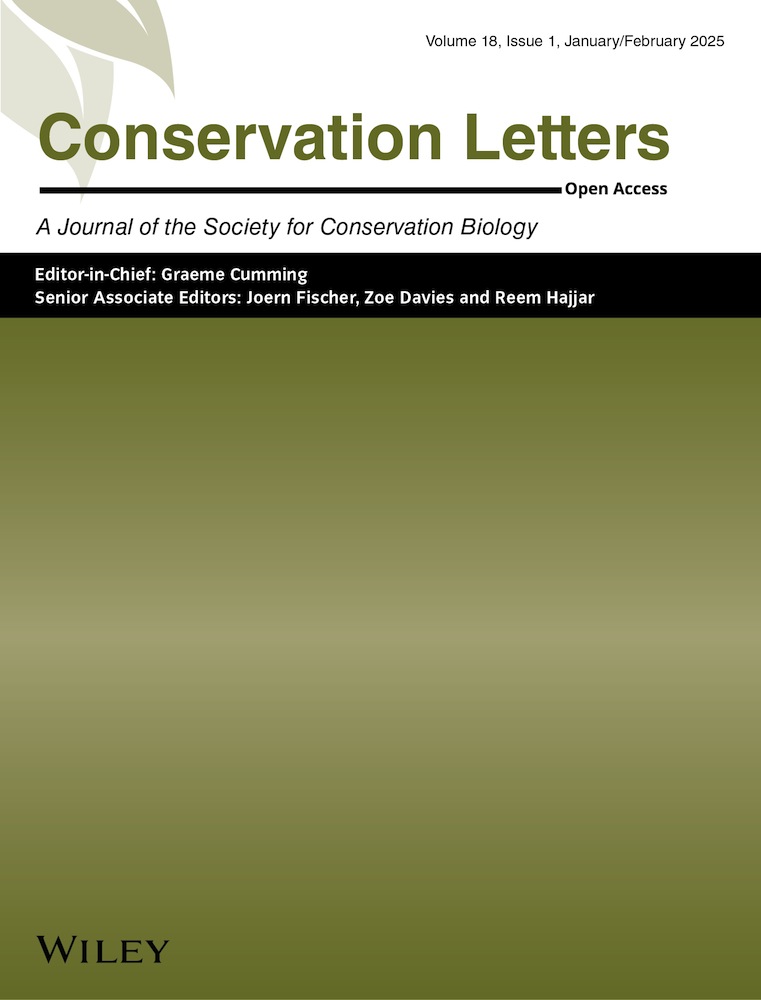Lack of accurate information about soil nutrient requirements coupled with limited access to appropriate fertilizers could lead to mismatch between soil nutrient requirements and fertilizer applications. Such anomalies and mismatches are likely to have important implications for agricultural productivity. In this paper we use experimental (spectral soil analysis) data from Ethiopia to examine farmers’ response to soil nutrient deficiencies and its implications for yield responses. We find that farmers’ response to macronutrient (nitrogen and phosphorus) deficiencies is not always consistent with agronomic recommendations. For instance, we find that farmers in our sample are applying nitrogen fertilizers to soils lacking phosphorus, potentially due to lack of information on soil nutrient deficiencies or lack of access to appropriate fertilizers in rural markets. On the other hand, farmers respond to perceivably poor-quality soils and acidic soils by applying higher amount of nitrogen and phosphorus fertilizers per unit of land. We further show that such mismatches between fertilizer applications and soil macronutrient requirements are potentially yield-reducing. Those farmers matching their soil nutrient requirements and fertilizer application are likely to enjoy additional yield gains and the vice versa. Marginal yield responses associated with nitrogen (phosphorus) application increases with soil nitrogen (phosphorus) deficiency. Similarly, we find that farmers’ response to acidic soils is not yield-enhancing. These findings suggest that such mismatches may explain heterogeneities in marginal returns to chemical fertilizers and the observed low adoption rates of chemical fertilizers in sub-Saharan Africa. As such, these findings have important implications for improving input management practices and fertilizer diffusion strategies.
DOI:
https://doi.org/10.2499/p15738coll2.134449
Skor altmetrik:
Jumlah Kutipan Dimensi:


















